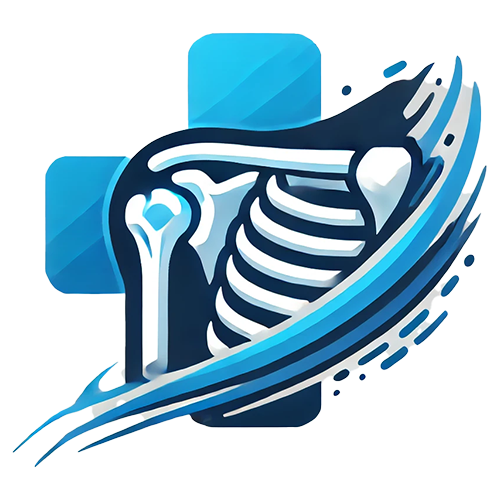What Is A Labrum?
The labrum is a lip, rim, or bumper cushion of cartilage that goes circumferentially around the socket to deepen and stabilize the shoulder joint. Normally, the labrum or bumper cushion is firmly attached to the edge of the socket, or glenoid rim. However, due to trauma or repetitive stressful use such as overhead throwing, the labrum can tear away from the bone. This is a labral tear.
The ball is much larger and rounder compared to the relatively smaller, flatter socket. This geometry allows the shoulder joint to be the most mobile joint in the human body. However, the shoulder and labrum are prone to instability and injury for these reasons. Labral tears are typically classified by their location and sometimes are referred to by position on a clock face.
What Causes A Torn Labrum?
Athletes who participate in sports that require repetitive overhead movement, such as throwing or serving in tennis, can also tear their labrum. Other ways of tearing your labrum include falling or a sudden forceful movement of your shoulder. People who have dislocated their shoulder will usually tear their labrum. Some labral tears are degenerative in nature.
Fig 1. The labrum or lip of the shoulder socket is torn and pulled away from the bone.
How Is A Labral Tear Diagnosed?
Patients with a labral tear will complain of pain, clicking, or popping in their shoulder. Athletes may note a loss of throwing velocity or pain with sports. Your doctor will also assess your shoulder for instability. To diagnose a labral tear, an MRI is usually done with an arthrogram, or injection of dye. A special dye (gadolinium) is injected into your shoulder before the MRI. This dye will help the doctor visualize the torn labrum.
What Type Of Tear Do I Have?
Labral tears are classified by the location of the tear. Superior labral tears are also known as SLAP tears (Superior Labrum Anterior to Posterior) tears. This type of tear involves the superior (top) attachment of the biceps tendon. Posterior labral tears involve the labrum in the posterior, or back of the shoulder. Anterior labral tears typically occur when patients dislocate their shoulder and involve the labrum in the front of the shoulder. Anterior labral tears associated with dislocation are called Bankart lesions. Bankart lesions with bony fragments are called bony Bankart lesions. Labral tears are also sometimes described based on their position relative to a clock face. For example, your superior labral tear may be described as a tear from 11 o’clock to 1 o’clock.
How Is A Labral Tear Treated?
Nonoperative treatment includes physical therapy, medication, and corticosteroid injections. Some patients will require surgery. Surgery is designed to attach the torn labrum back down to the glenoid (socket). This is typically done through small arthroscopic portals. The labrum can be attached back to the socket with suture anchors. This is typically an outpatient procedure and most patients will go home the same day with a sling. Full recovery and return to sports is usually 3-6 months.
